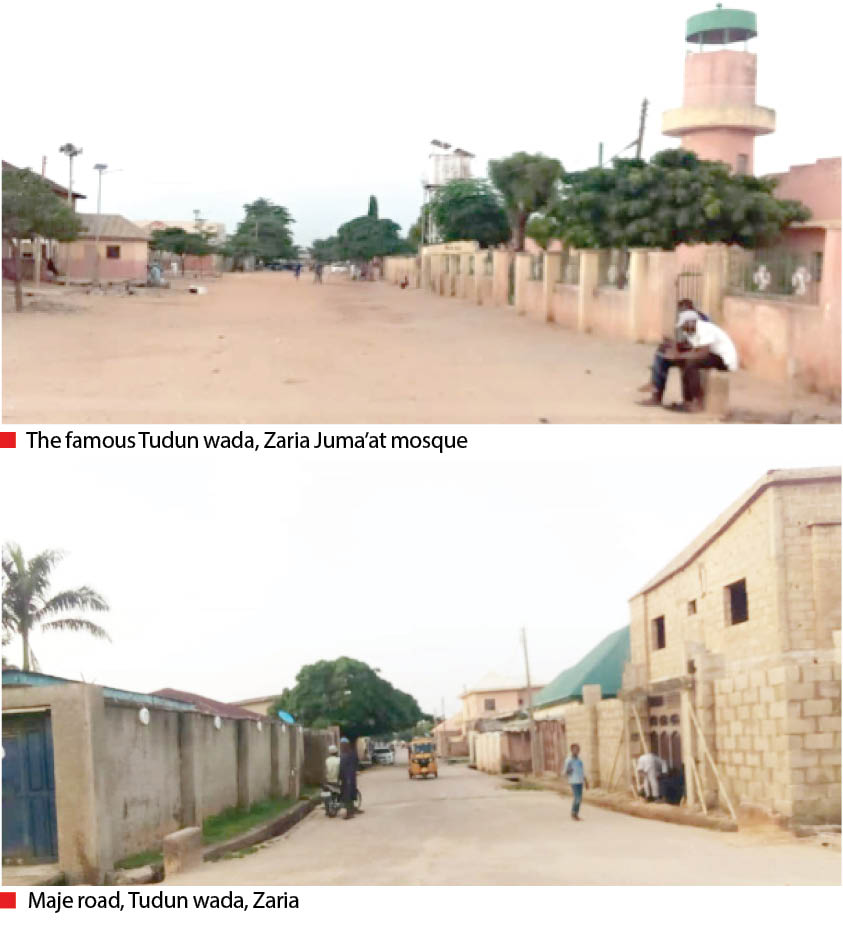
Tudun Wada, Zaria was officially founded and fully developed in 1911 when the British colonial masters settled in the area for governance. It was during…

Mohammed noted that the colonial masters also brought “employed helps” to cater for their official and domestic needs, and they later settled in the area.
“Tudun Wada was a settlement for people from northern extraction, who mostly came to work as labourers in various companies established in Zaria.
“Also, some of the settlers were merchants, scholars and entrepreneurs. A lot of them were employees of various companies established during the colonial era, including railways, cotton and groundnut processing industries etc,” he noted.
He recalled that during those days, there were only 10 streets in the whole of Tudun Wada, noting that those streets transformed and created all the streets and lines in the community presently.
“The streets, as designed by the colonial masters, were Layin Siliki, Layin Na Matazu, Layin Rimi, Layin Jigba, Layin Wawa and Layin Sarki.
Others were Layin Joji, Layin Lemu, Layin Barebari and Layin Na Bawa.”
He explained that each street had two components that constituted the line: the upper part and the lower part of the street.
Team Manager further explained that the upper part of each line consisted of only 22 houses; the lower part of the street also had 22 houses. By this analysis, each street in the old Tudun Wada settlement had only 44 houses.
“When you multiply this by the 10 streets that existed at that time, you would see that there were only 144 in Tudun Wada,” he added.
Mohammed pointed out that Layin Labadiya and Layin Makafi were developed when there was increase in population in the settlement. Layin Abubakar Imam was later founded and called Sabon Layi (New Street), along with Mora Road, which was earlier called Layin Kalgo because of its bushy status.
Mohammed, a sports enthusiast, recalled that the 10 streets that formed the initial Tudun Wada settlement were not called by the names they are identified with presently.
“As I told you, they were the invention of the colonial masters; therefore, apart from being numbered, the streets were also coded in alphabetical order. For example, Layin Siliki, which was the first street, was coded as A1 for the upper part of the street and A2 for the lower part. Layin Na Matazu being the second street, was coded B1 and B2, also for the upper and lower parts of the street. Therefore, if your house was located in Layin Na Matazu, for example, which was the third street, and it is number 14, your residence would be addressed as D-14,” he explained.
Team Manager, however, said the settlement was blessed with prominent personalities who produced leaders like former Vice President Namadi Sambo, the vice presidential candidate of the Labour Party, Dr Yusuf Datti Baba-Ahmed and Dr Hakeem Baba-Ahmed, the spokesperson of the Northern Elders Forum.




